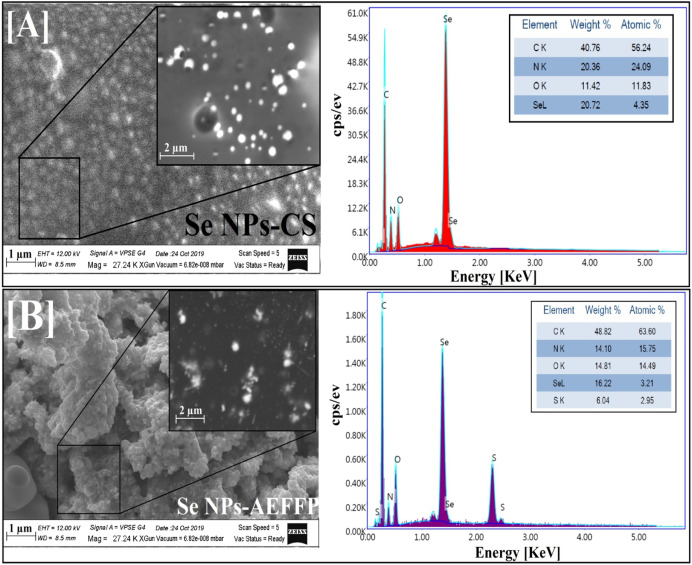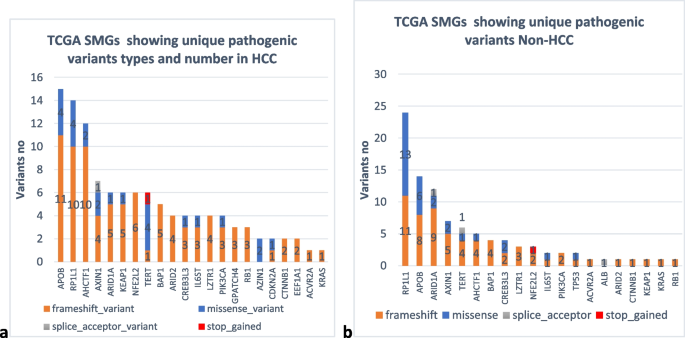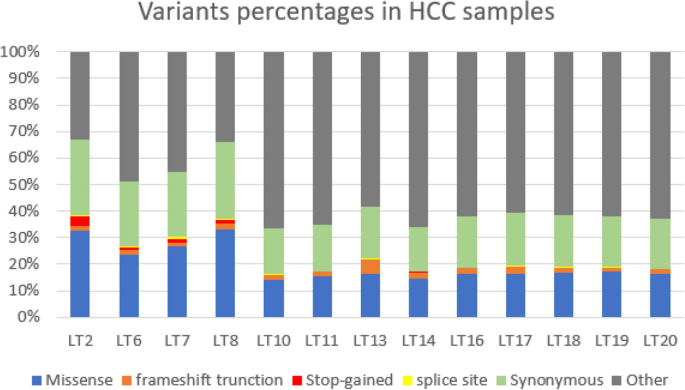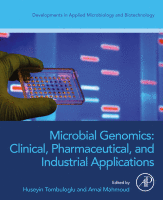

Factorial design-optimized and gamma irradiation-assisted fabrication of selenium nanoparticles by chitosan and Pleurotus ostreatus fermented fenugreek for a vigorous in vitro effect against carcinoma cells
The novelty of the present work looks in the synthesis of aqueous dispersed selenium nanoparticles (Se NPs) using gamma rays with the aid of various natural macromolecules such as citrus pectin (CP), sodium alginate (Alg), chitosan (CS) and aqueous extract of fermented fenugreek powder (AEFFP) using Pleurotus ostreatus for investigating their impact in vitro toward carcinoma cell. The synthesized Se NPs were characterized by XRD, UV–Vis., DLS, HRTEM, SEM, EDX and FTIR. Nucleation and growth mechanisms were also discussed. The factorial design was applied to examine the importance of multiple parameters on Se NPs production with a special focus on temperature and gamma rays influences. FTIR spectrum exhibited the existence of several functional groups in Se NPs-capping macromolecules. Results revealed that Se NPs' size was dramatically-influenced by the type of stabilizer, precursors concentration, pH and the absorbed gamma rays dose. The current research reported the promising antitumor application of Se NPs against Ehrlich Ascites Carcinoma (EAC) and human Colon Adenocarcinoma (CACO) in vitro. The proliferation of EAC was significantly-hindered by Se NPs-CS (38.0 μg/ml) at 60 kGy (IC50 = 23.12%) and Se NPs-AEFFP (19.00 μg/ml) at 15 kGy (IC50 = 7.21%). Also, Se NPs control the generation of CACO cells, IC50 was recorded as 25.32% for Se NPs-CS (38.0 μg/ml) and 8.57% for Se NPs-AEFFP (19.00 μg/ml). © 2019



